IKEBANA RESEARCH
[ What ] Ikebana is the Japanese art of flower arrangement, and could be literally translated into ‘giving life to flowers’.
[ Why ] It was derived from the Buddhist tradition of placing flowers at the altar to attract gods using evergreen materials. This gave rise to the role of certain priests who specialised in flower arrangement, called ikenobo.
[ How ] Ikebana is a art form in which nature and humanity are combined, and this involves putting emphasis on not blossoms, but the stems and leaves of the plant, and also puts emphasis on shape, line and form. Much minimalism is found in ikebana. Some arrangements follow the form of a scalene triangle. Depending on the school, the vessel for the arrangement can either be a key element of the composition or play subordinate to the arrangement.
Some styles of ikebana:
- Rikka: Meaning ‘standing flowers’, these arrangements were meant to portray the beauty of landscapes in nature. It has a few forms: The Momoyama period in Japan saw large and elaborate arrangements as they were meant for castles and royalty. However, a more simplistic and rustic style emerged for tea ceremonies, known as chabana.
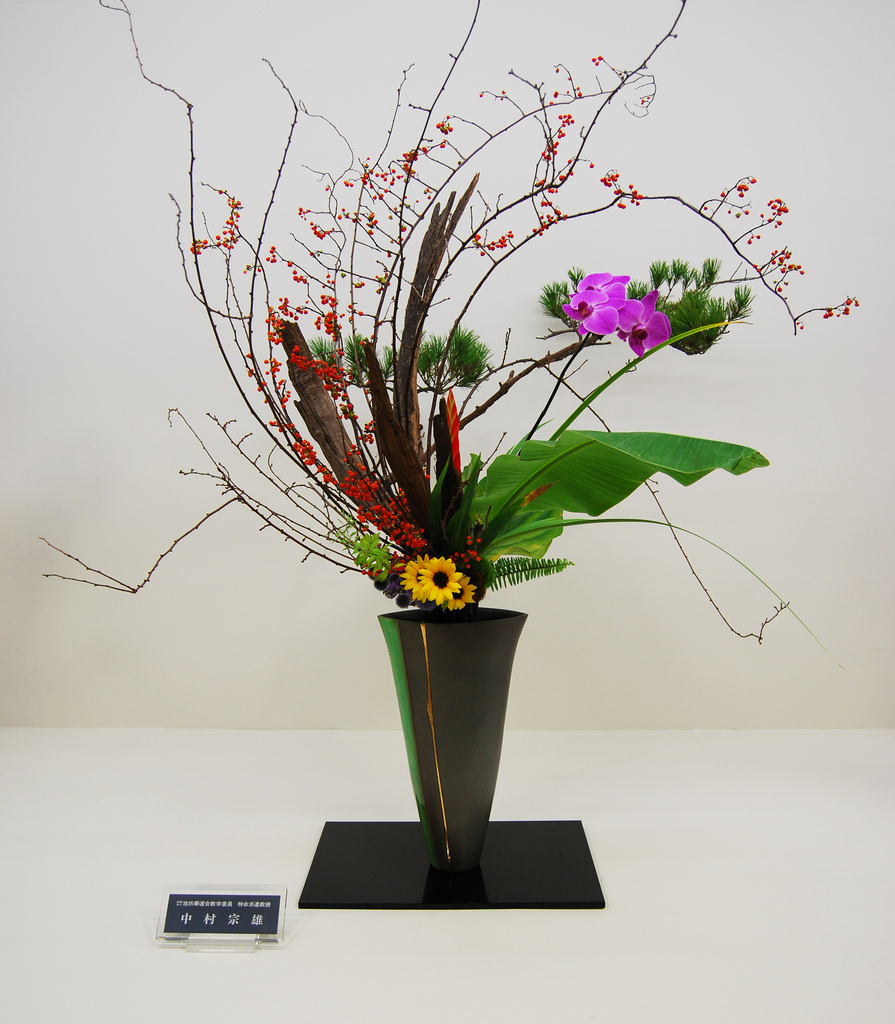
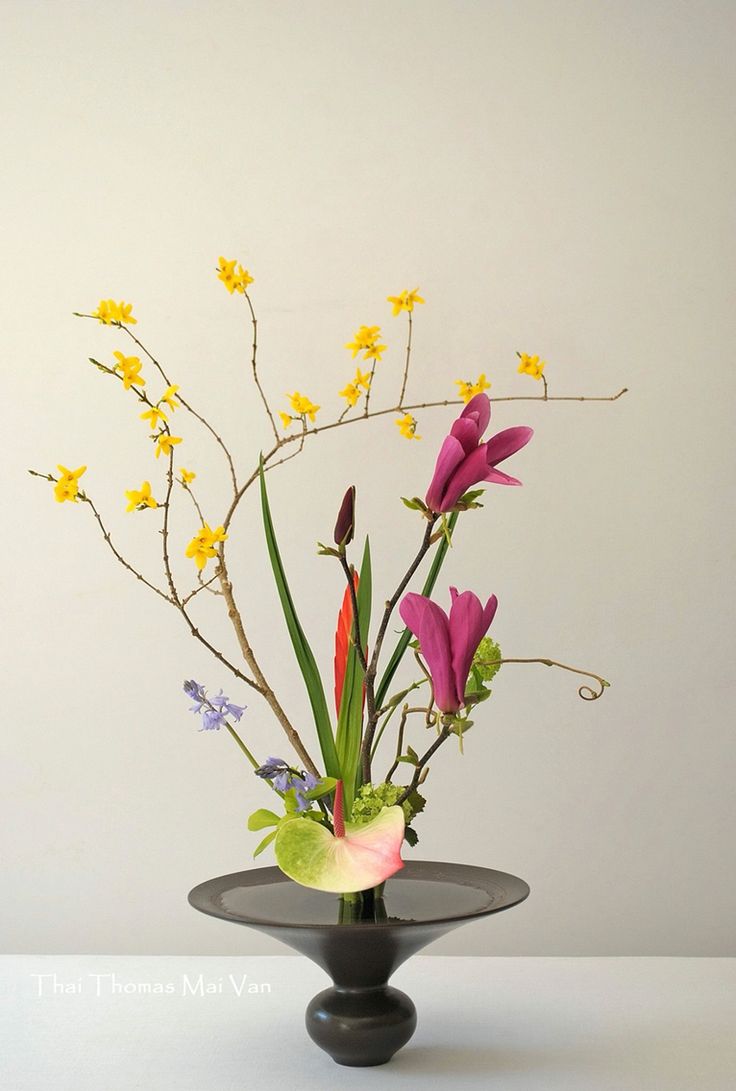

- Nageirebana: Is a classic, non-structured design that has 3 stems arranged asymmetrically emerging from a bundle of stems.
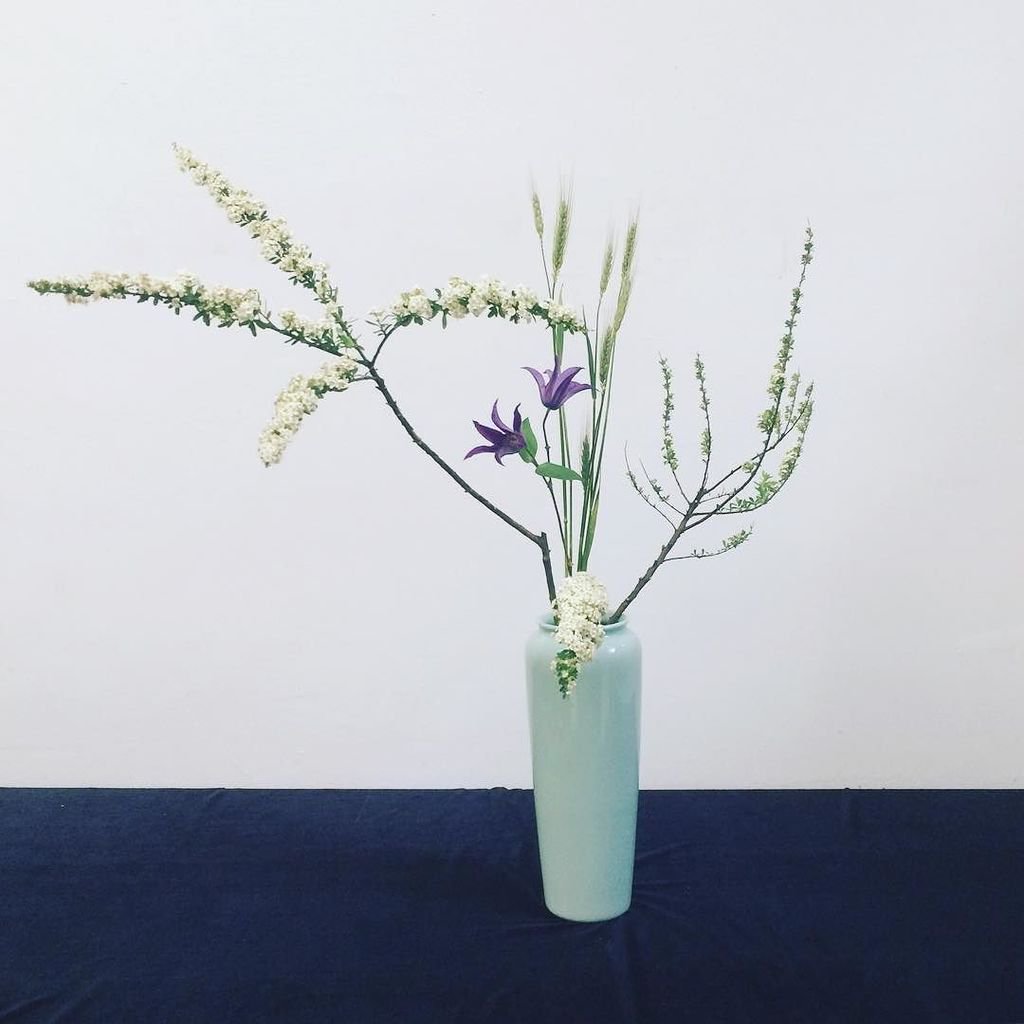


- Shoka: This style was a formalisation of the nageirebana style to show off the beauty and the uniqueness of the plant.
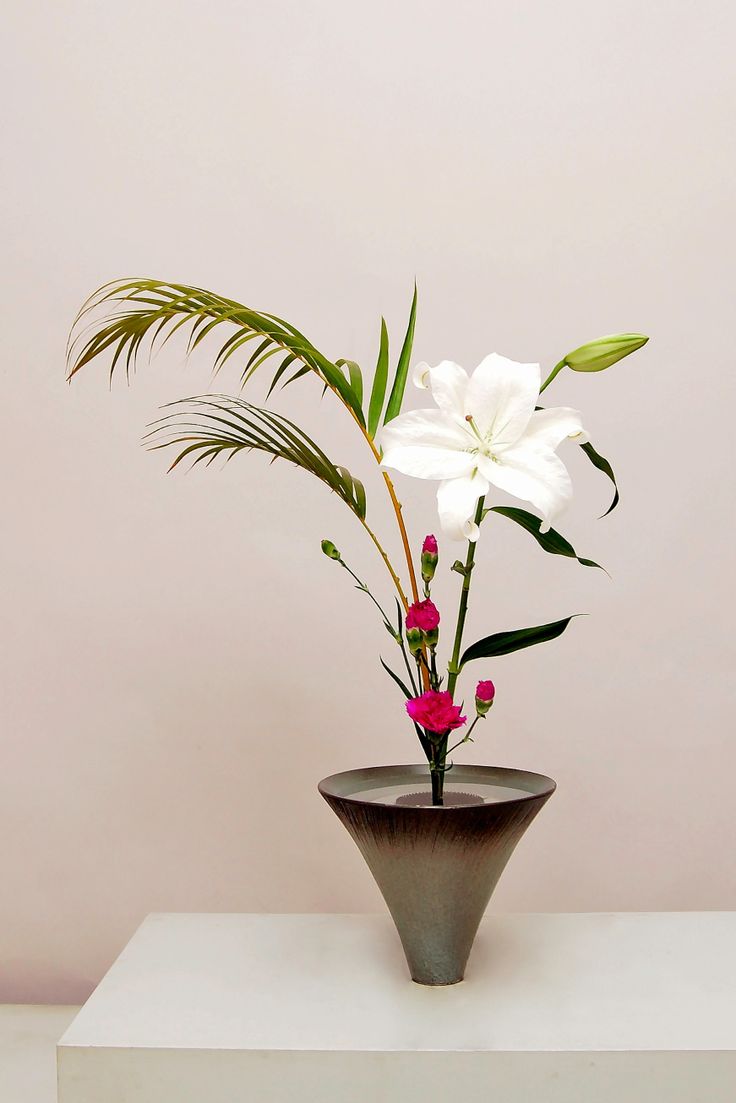
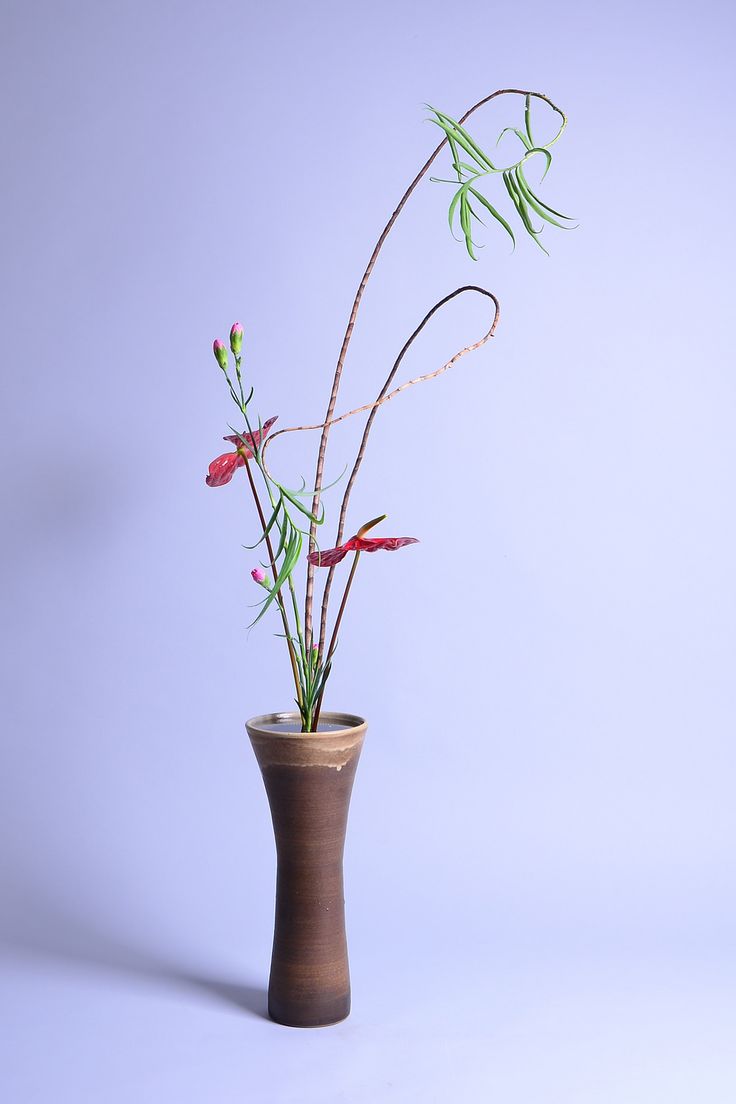
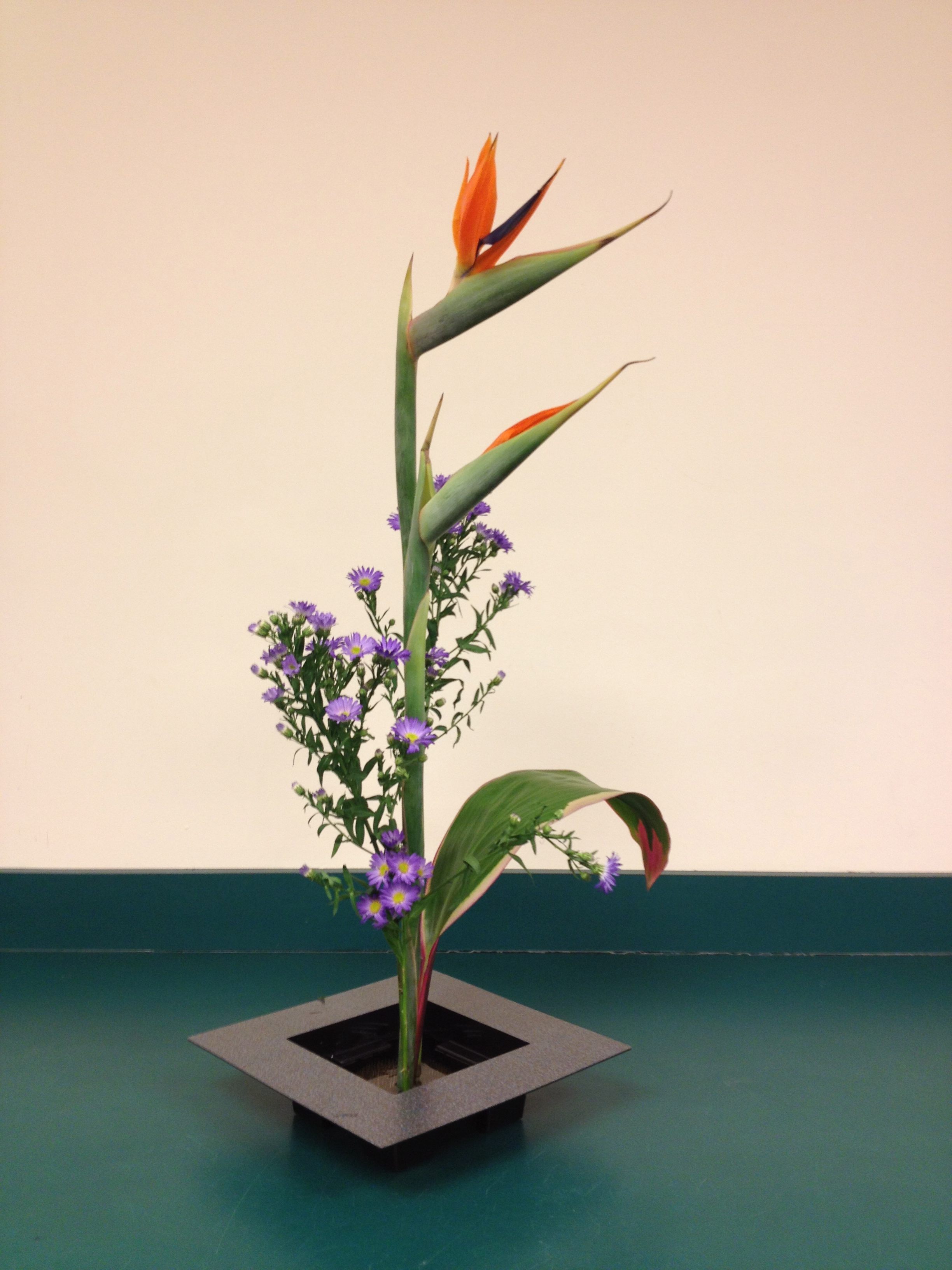
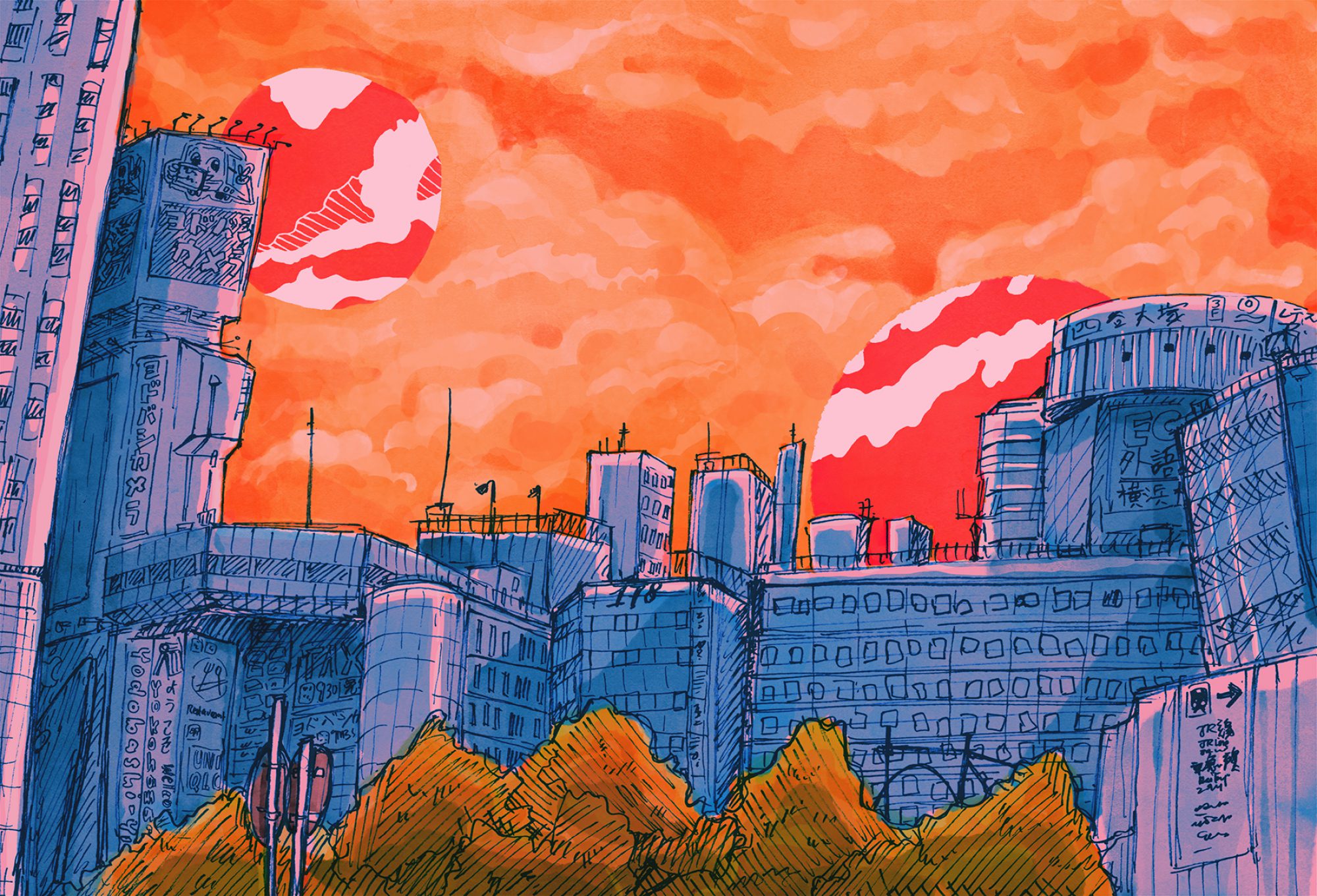

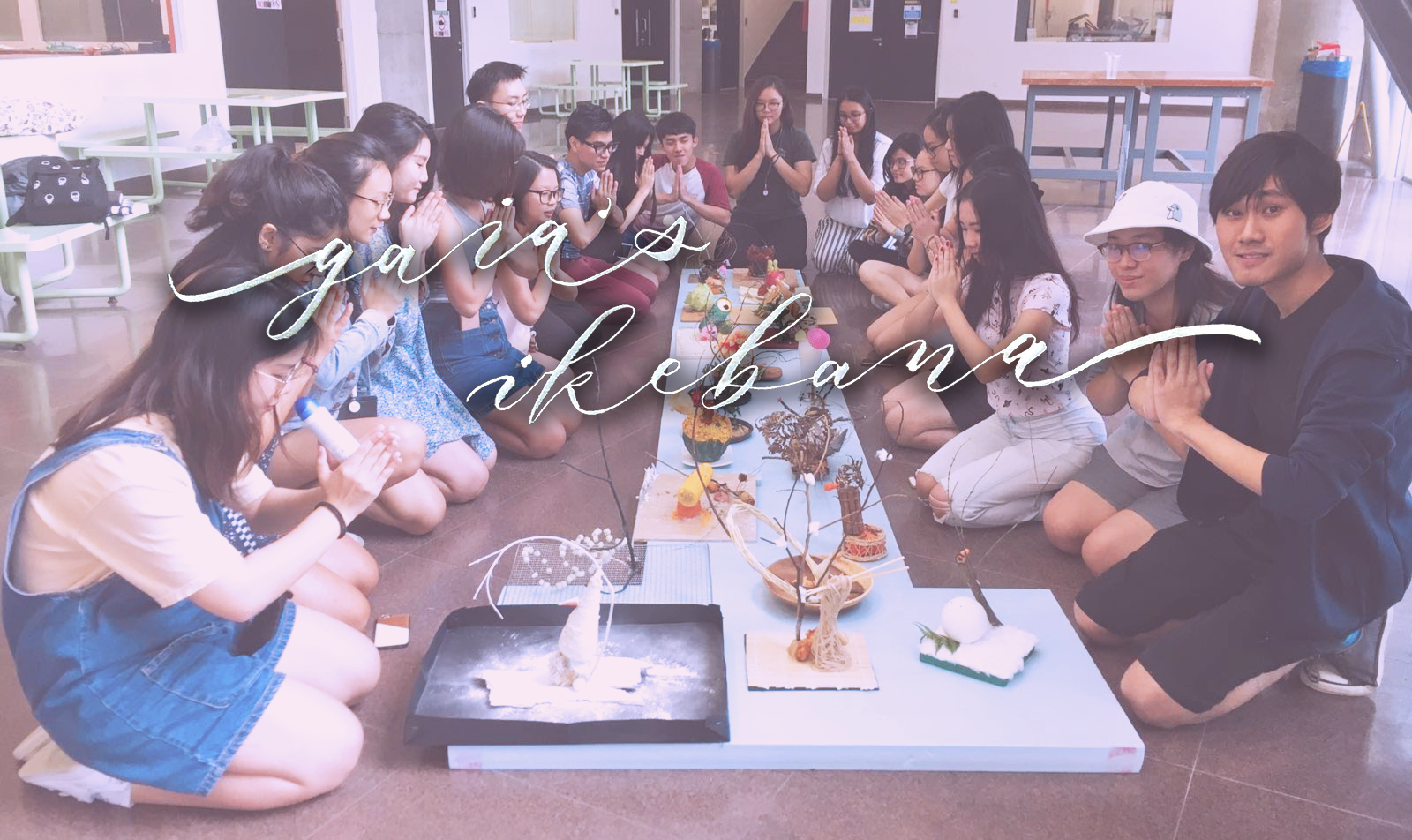
Niki I was about to say, you have a flair for Ikebana until I read your post about how it was all thanks to a lucky spherical cabbage ball… Lol! Thank you for removing the board!